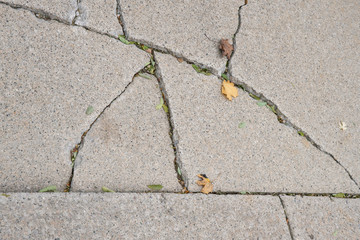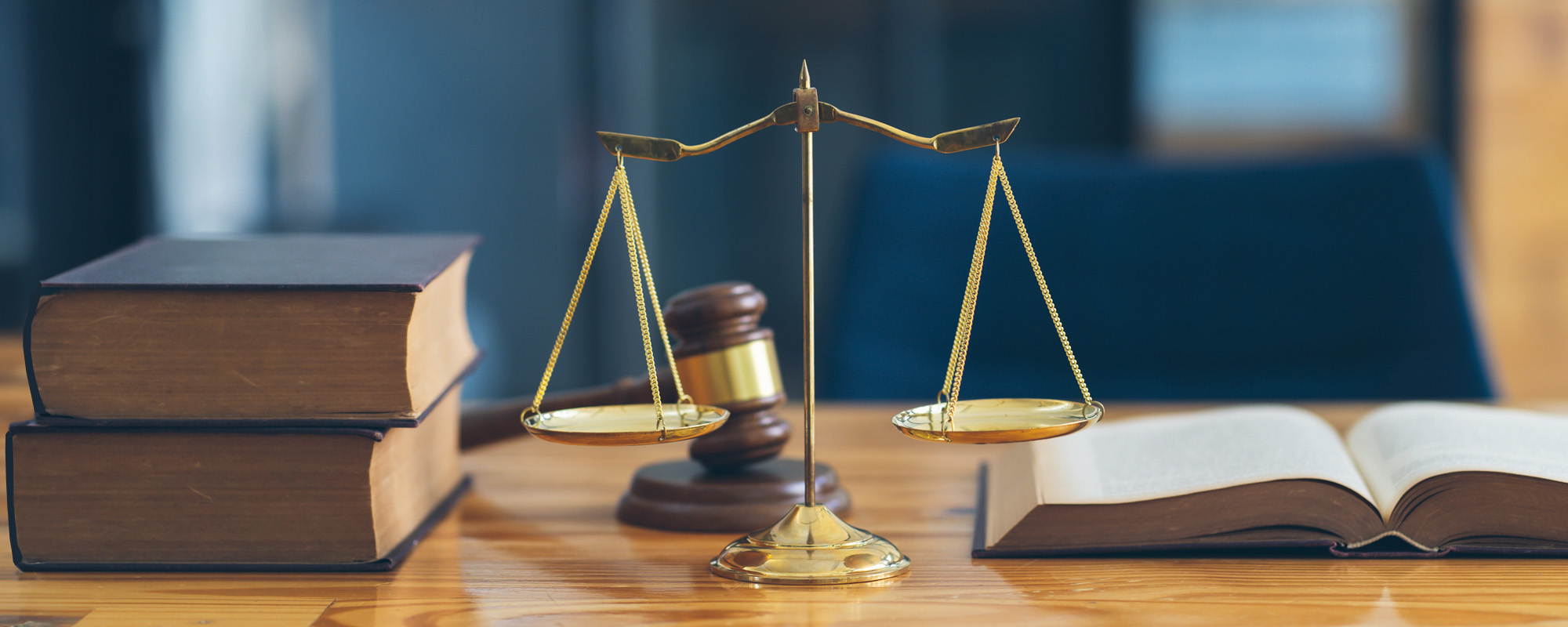
Sidewalks are vital parts of the community, providing pedestrians with a safe way to travel on foot through towns and cities. Although they are essential and beneficial for many, they can sometimes become dangerous, leading to accidents and injuries. It is important to understand the common sidewalk hazards to prevent unnecessary accidents and avoidable harm. Consult with a Rockland County sidewalk accident lawyer to learn more about your rights and options after an injury.
What Are the Most Common Sidewalk Hazards?
Below are some of the most common hazards for sidewalk users.
- Cracked or uneven surfaces: One of the most common hazards on sidewalks is cracked or uneven pavement. Over time, sidewalks can become worn down as a result of weather, foot traffic, tree roots growing nearby, or general wear and tear. Cracks in the surface, raised edges, or holes can cause pedestrians to trip, leading to various injuries, especially for the elderly or those with mobility issues.
- Obstructions: Debris can collect on sidewalks leaving what should be a clear walking path cluttered with obstructions like fallen branches, garbage and litter, construction materials, trash cans, bicycles, cables, and more. These obstacles can create a serious hazard and pedestrians may trip and fall. Walkers may also avoid these hazards by walking in the street which can pose additional risks.
- Potholes: Potholes or depressions in the pavement can develop when water gets into cracks and freezes, causing the ground to shift. These dangers can be particularly hazardous for pedestrians because of the unexpected shift in elevation. They can also be difficult to see, especially at night. People could fall or twist their ankle while attempting to step through or around them.
- Poor lighting: Inadequate lighting can create an increased risk of accidents on sidewalks. Poor visibility can make it difficult for pedestrians to identify cracks, potholes, or other obstacles in their path. It can also reduce drivers’ ability to see pedestrians and lead to situations where walkers could be struck by passing cars. Areas without streetlights are more dangerous for pedestrians in general but especially those with visual impairments.
- Weather conditions: Certain weather conditions can create more risk for sidewalk users. Rain, snow, sleet, or freezing temperatures can create slippery surfaces leading to falls. Sidewalks that are not shoveled or salted during winter weather conditions can become extremely dangerous for pedestrians. In addition, wet leaves, moss, and other weather-related hazards can create risk.
While sidewalks are designed to keep pedestrians safe, they can also pose a variety of hazards if they are not properly maintained and looked after. If you were involved in a sidewalk accident and sustained an injury as a result, you may be entitled to compensation. Reach out to a skilled attorney at Mitchell J. Schroeder, P.C. for more information today.

